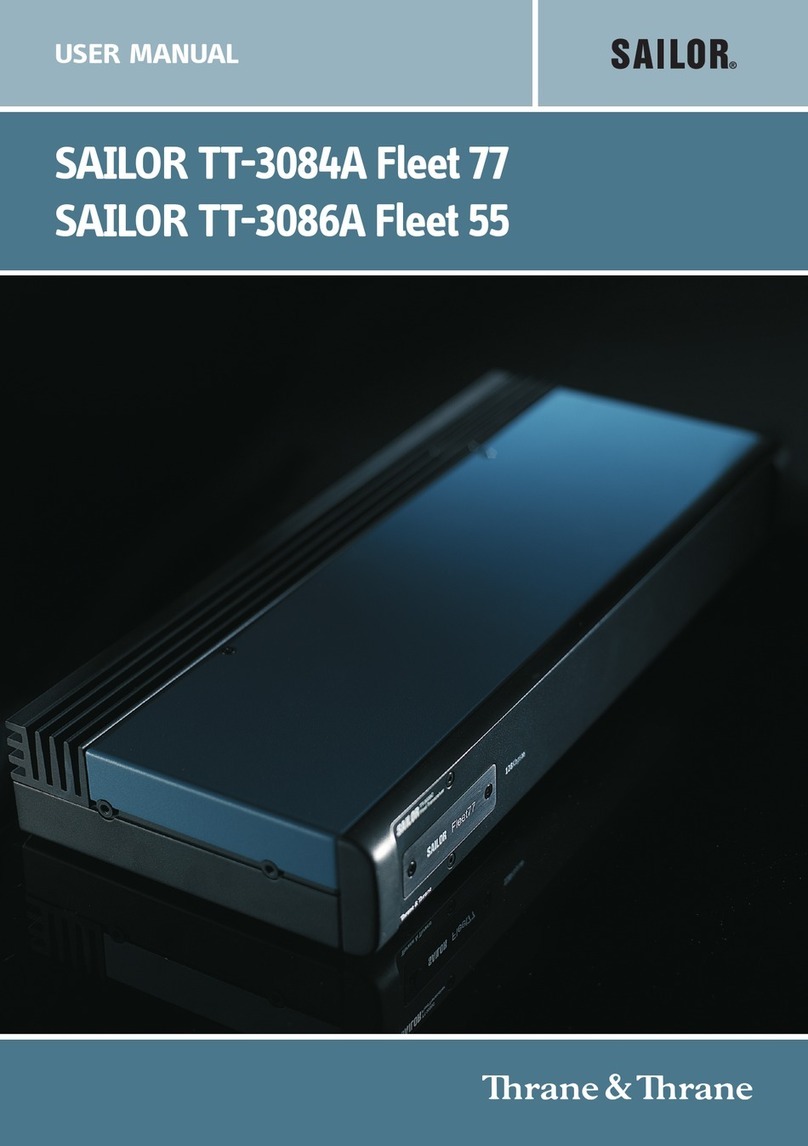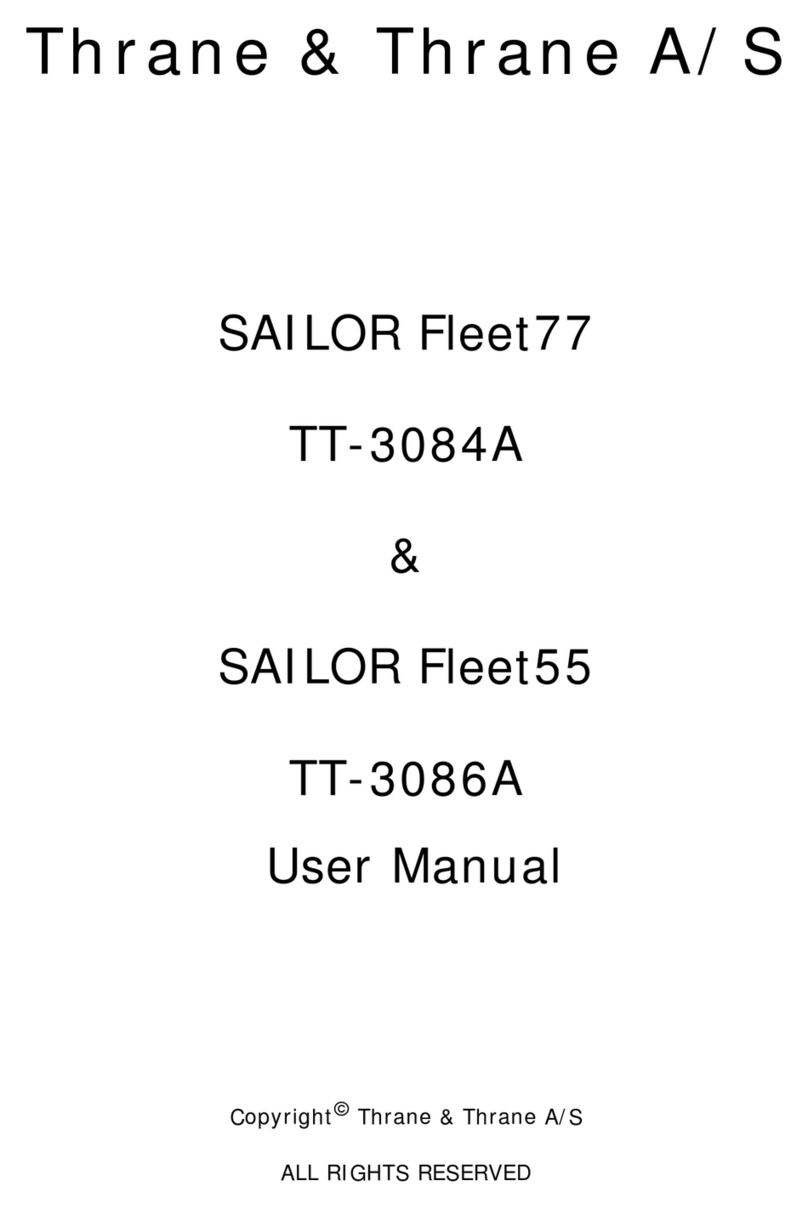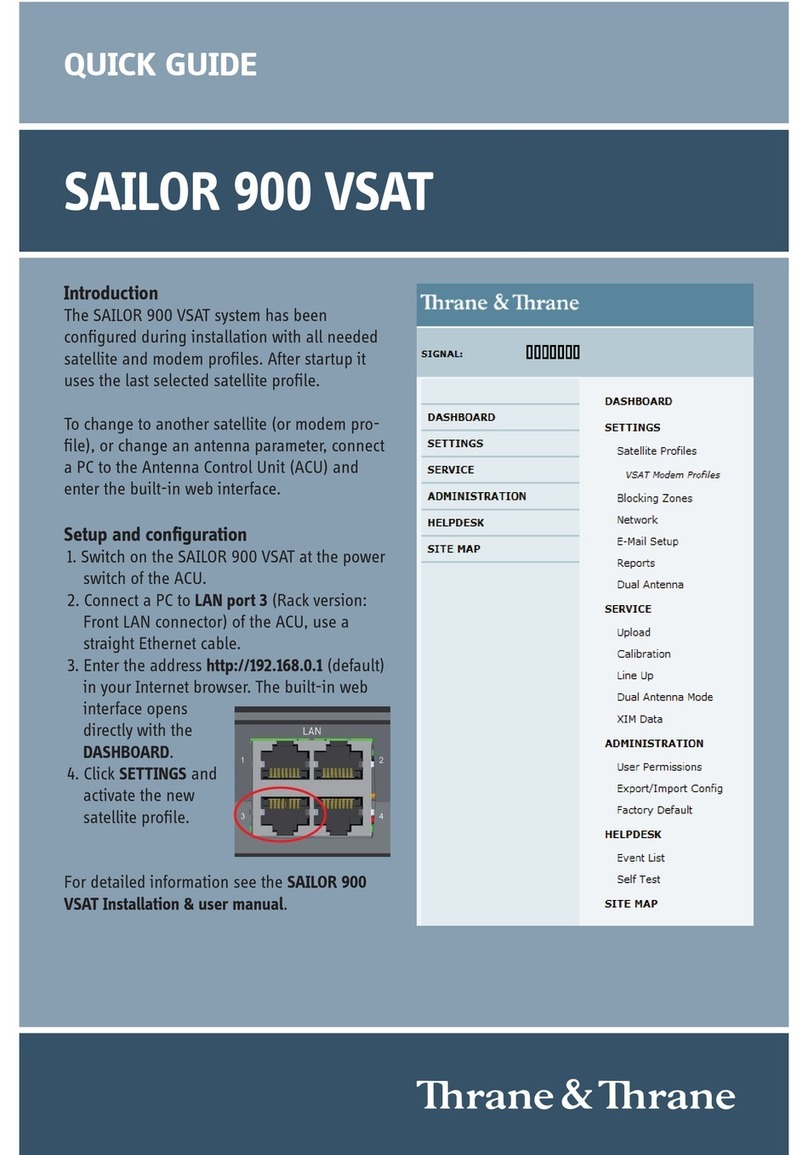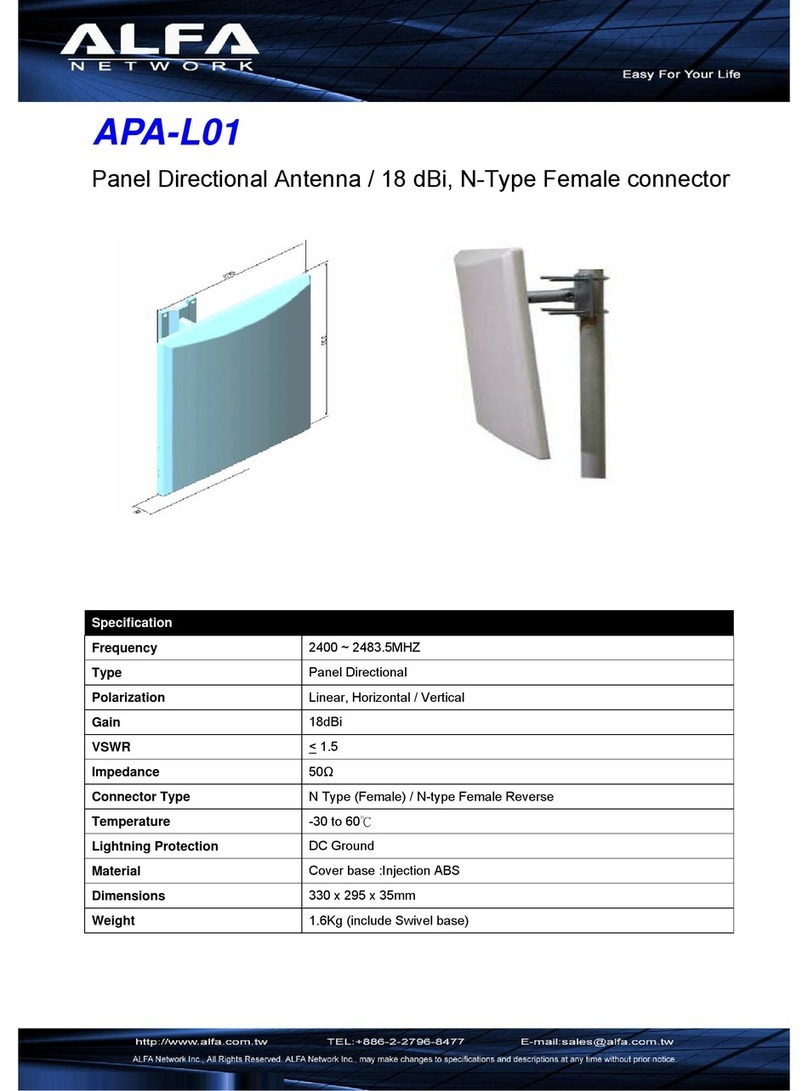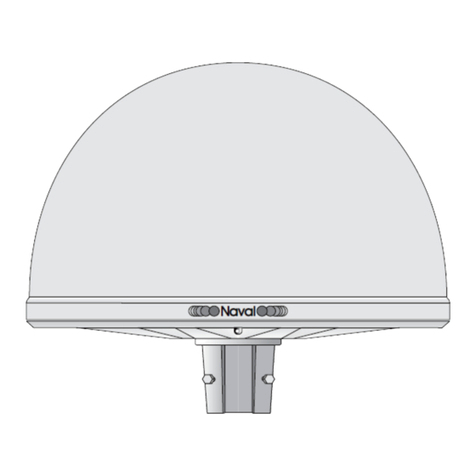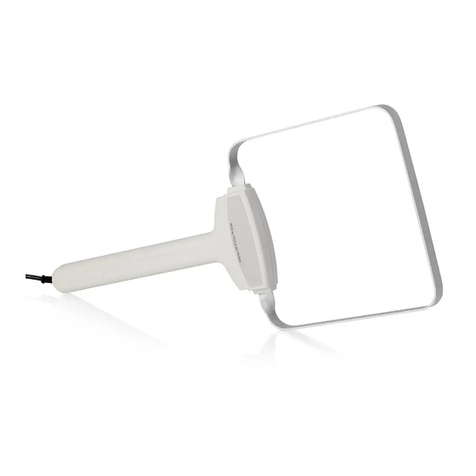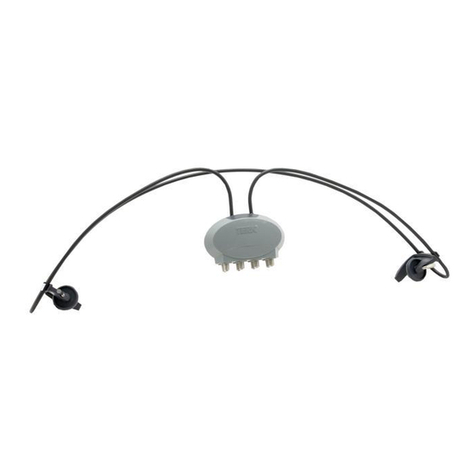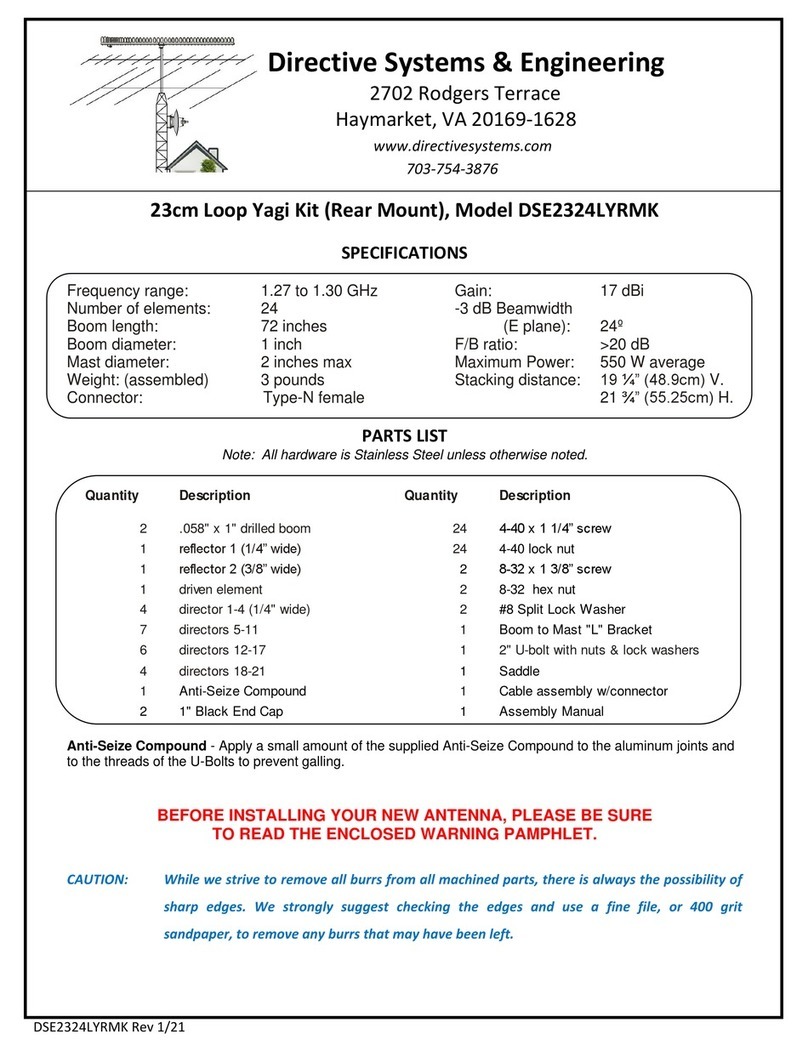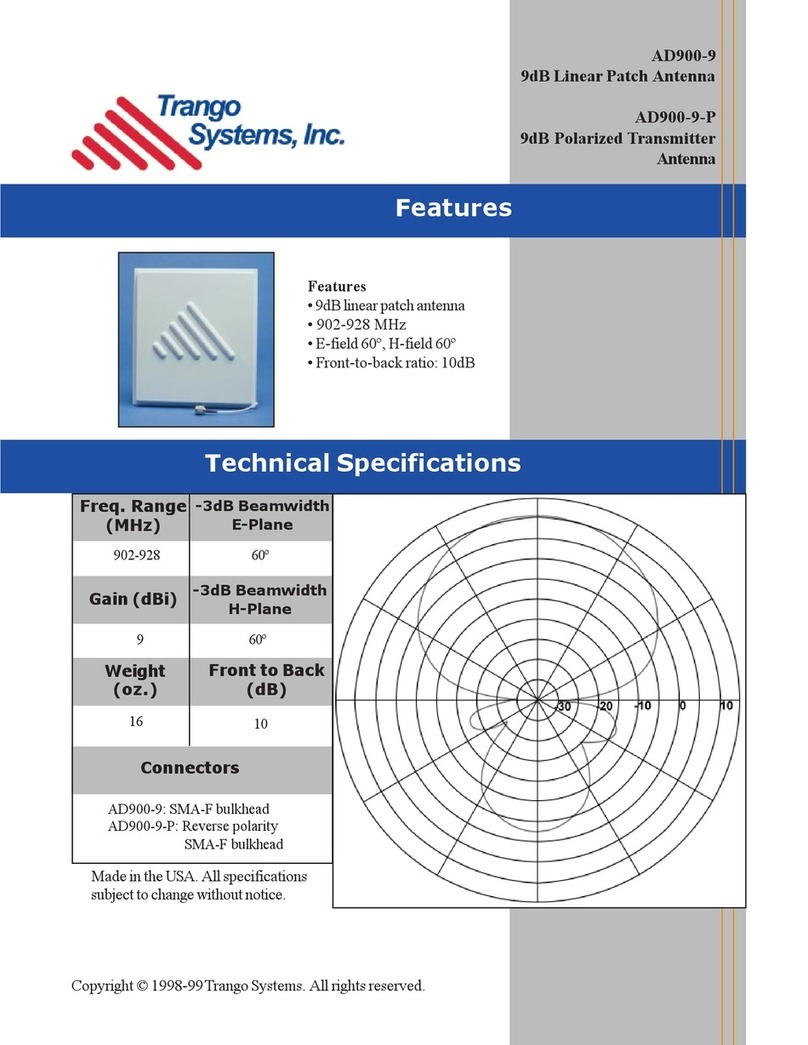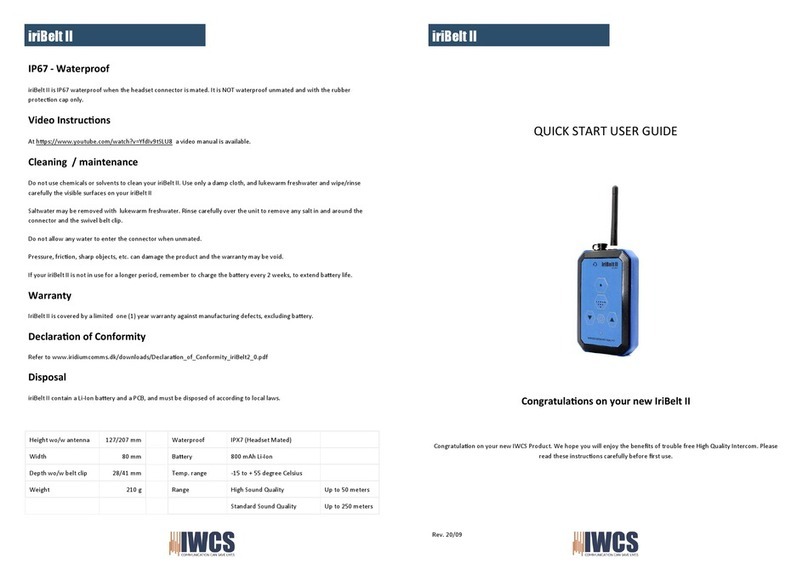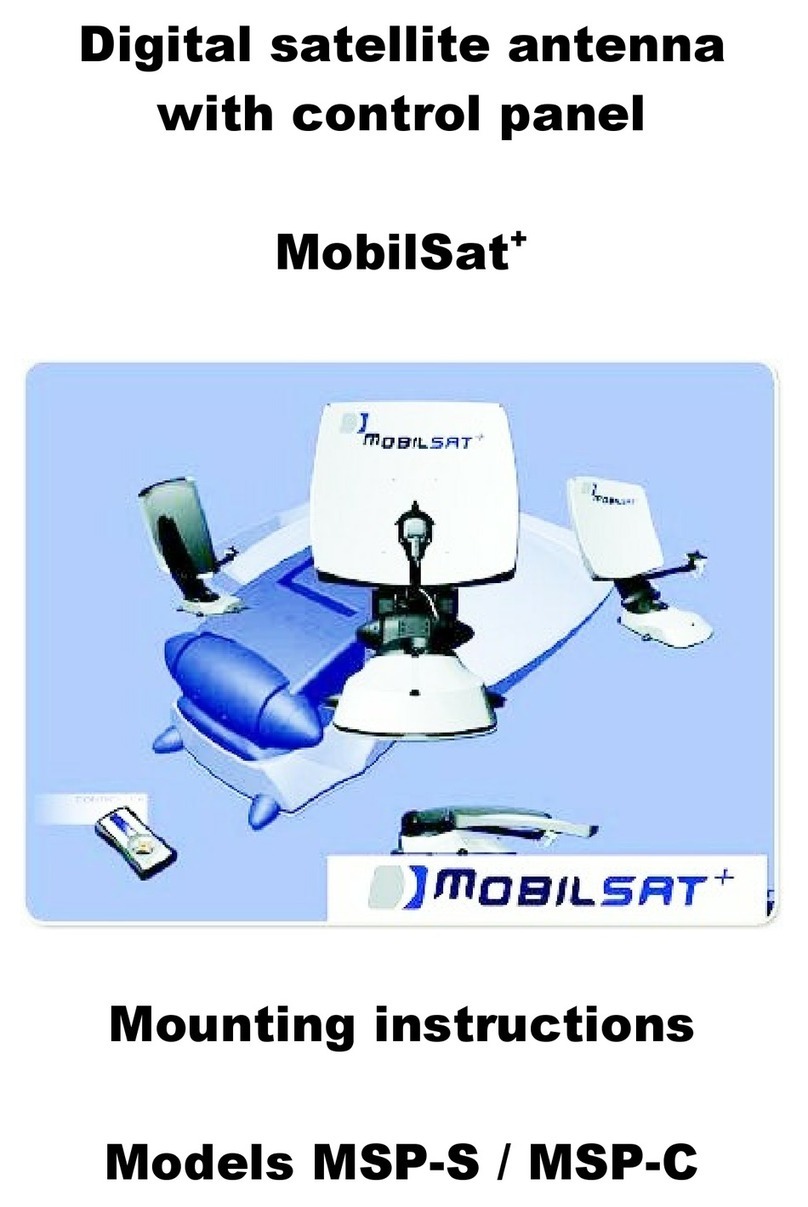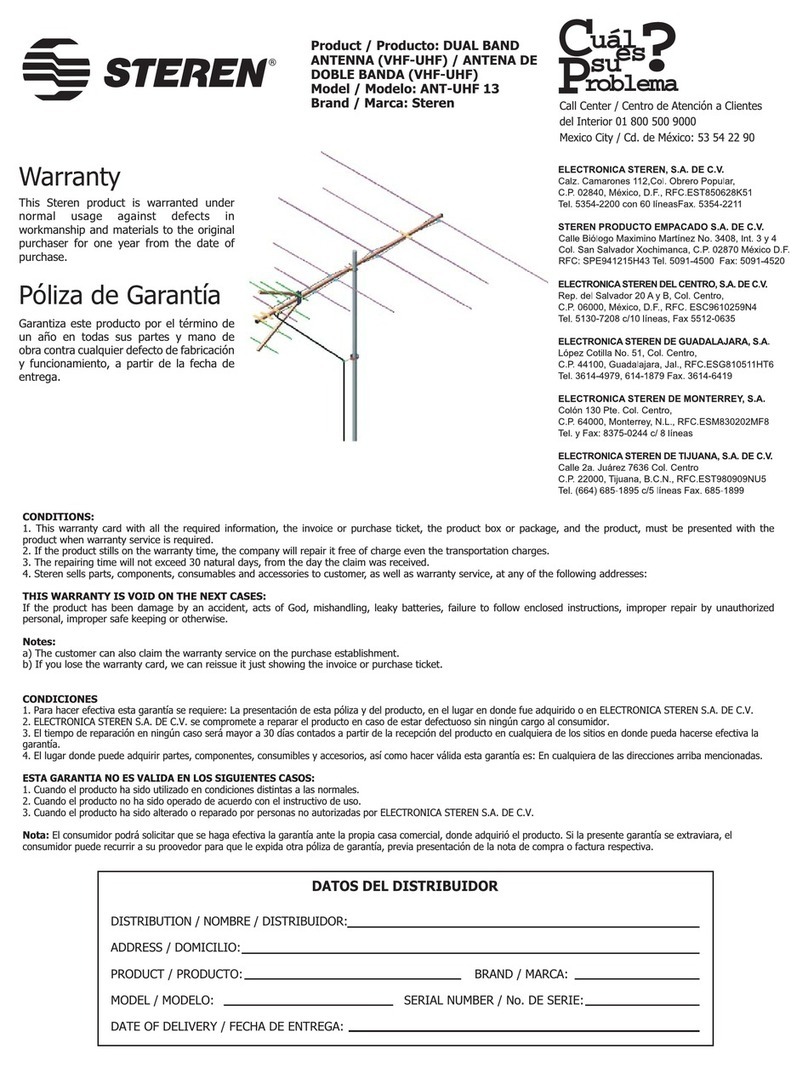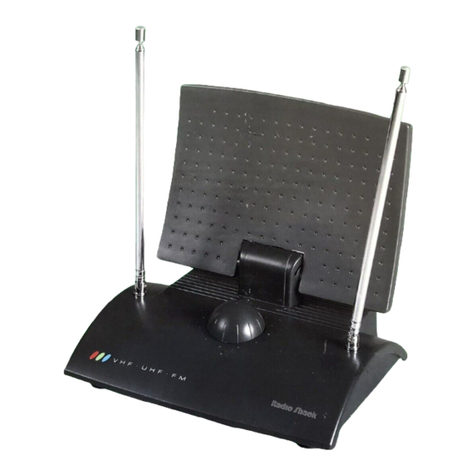
Table of Contents
98-129217-A viii
Chapter 4 Using the web interface
In this chapter ................................................................................................... 30
Introduction ....................................................................................................... 30
Entering the SIM PIN in the web interface ...................................................... 35
Using the Dashboard ........................................................................................ 36
Using the phone book ....................................................................................... 39
Using the Call log .............................................................................................. 42
Handling SMS messages .................................................................................. 44
Setting up the interfaces ...................................................................................50
Uploading software ........................................................................................... 79
Selecting the preferred BGAN satellite ............................................................ 82
Selecting the language ..................................................................................... 83
Administration ................................................................................................... 84
Help desk and diagnostic report ...................................................................... 93
Event logging and self test ............................................................................... 94
Site map ............................................................................................................. 95
Chapter 5 Troubleshooting
In this chapter ................................................................................................... 96
Getting support ................................................................................................. 96
Uploading software ........................................................................................... 97
Part numbers .....................................................................................................98
Troubleshooting guide ...................................................................................... 99
Status signaling ................................................................................................102
Logging of events ............................................................................................. 110
Reset button ...................................................................................................... 111
Chapter 6 Conformity
Glossary .............................................................................................................................114
Index .............................................................................................................................117


